Last week’s Nintendo Direct treated us to a new Fire Emblem: Three Houses preview trailer. It revealed a whole host of details about the game, from its main setting to hinting at one of its primary conflicts.
One of the biggest reveals was the setting: Yes, Three Houses is another school story. But it’s not necessarily a bad thing, because at least it gets a proper story and some potentially fantastic new mechanics. On whole, FE: Three Houses looks to be shaping up to be one of the best Fire Emblem games to date.
The Dreaded School Setting
“Why does Fire Emblem have a high school setting!?” I hear you exclaim as you launch into a flurry of angry keystrokes, lamenting the topic. But before you hit “Post,” there are some important points to keep in mind.
There aren’t that many mainstream games with a school setting, but it really took off in the mid-2000s. Back in 2006, Shin Megami Tensei: Persona 3’s propelled the high school setting and sub-genre to new heights, mostly because of the new Social Link system adding that vital personal relationship element to the school setting.
However, it also showed how developers could reach audiences through utilizing experiences everyone’s dealt with in one form or another to help make players more involved in the game and its stories.
It inspired copycats, naturally. Like most copycats, the quality of these games varies greatly from their source material at times. Disgaea isn’t story-based anyway, so its setting has less importance, though Disgaea 3 was a lot weaker on whole than the entries it fell between because it relied on satirizing the setting instead of actually using it for a purpose
The setting for Valkyria Chronicles 2 was completely arbitrary and made little sense in the game world. That doesn’t mean the game itself was bad, but trying so hard to fall into a certain category like VC2 does always ruins the immersion. It’s a hurdle players have to accept instead of a tool to improve the experience.
When done correctly, the school setting adds a unique atmosphere to a game and lets it focus on themes it couldn’t properly do otherwise. Final Fantasy Type-0 is one example.
The military academy setting was a drastic departure from the series’ norm and was the linchpin for the game’s darker tone and themes. But it also allowed for more and intense bonds between characters, which drove the action — even in the slower moments.
And despite popular opinion, it works for The Legend of Heroes: Trails of Cold Steel as well (fight me). The Erebonia arc is another example of a major change in a series that previously stuck to the tried and true. Granted, the bond system is a shameless copy of Persona, and one wonders whether the school setting was planned from the beginning, as Falcom president Toshihiro Kondo claimed, or if it was just the popular thing to do.
Either way, Cold Steel also uses the school setting to emphasize the theme of bringing people from disparate backgrounds together and forging a new identity through the bonds they develop. Given how Three Houses revolves around the concept of the three houses living and working together, it makes complete sense for FE to take the school plunge as well.
Yes, it’s cliché, and the bond forging thing is something we see in Japanese media more often even than the school setting. Yet society still hasn’t learned that lesson, so perhaps it’s necessary to keep seeing it.
It’s also a good way to carry on from the choices feature in Fates, since you have even more choices of potential party members, and it seems your professorial actions are going to affect how that all plays out.
Character Development
There’s another reason the setting works well for the upcoming game: Its effect on the characters.
Fire Emblem’s characters are why we have Wargroove instead of Advance Wars: Switch; Intelligent Systems knows people love the characters and their interactions, so it has tried various ways to place those elements at the forefront of recent FE games.
But those efforts took the form of a virtual eugenics experiment, prioritizing support conversations’ romantic aspects over everything else and opening support pairings so anyone could chat with anyone—a big change from earlier games.
Making the main character a professor and many of the party members students provides a different and ultimately more immersive way to increase players’ interactions with these characters.
Rather than putting baby-making at the center of almost every interaction, the goal is improving bonds and, more importantly, that student’s battle prowess. It’s a handy way to tie in the Social Link/bonding mechanic without seeming too derivative.
Take the above screenshot, for example. Players apparently have three tutor points (or something) to spend in a given lesson. Like Persona and Cold Steel, that means you must choose which characters to spend time with and help improve.
The element of choice can be frustrating for those who want to do everything at once, but it makes the game and the character interactions your own in a unique way, even beyond choosing which house and students to take on in the beginning.
Chances are, there will be even more ways to improve relationships between characters as well. The trailer shows students interacting with each other — probably based on the usual fighting together for X turns mechanic — along with training exercises that seem to have some affect on the student’s little happiness meter.
To top it off, it seems as if these bonds will have an even more important affect in battle, with potentially more than one character taking part in a superpowered attack.
Of course, the relationship system can’t be talked about without bringing up the other elephant in the room. If there’s romance with the students, you’re the teacher. Hopefully, the students are all young adults, unless Nintendo wants a huge and completely unnecessary controversy.
All FE games require a bit of suspended belief when it came to character support and recruitment. Randomly happening upon a peasant girl in the woods and making lewd remarks to her (Odin, I’m looking at you) or having deep conversations about love and the future in the middle of a huge battle (Lyn and her romantic interests, for example) are forced situations, it must be said.
And, as Fire Emblem: Fates showed with almost every Hoshido support conversation, there are only so many ways you can stretch these things out to three or four parts in a camp setting without seeming completely artificial.
It’s looking like the support element in Three Houses will take place in the academy. Apart from being a heck of a lot more natural setting for both shallow and deep conversations, it provides a ready-made method for making the flow of each conversation smoother.
Because everyone comes from different backgrounds, it also, hopefully, means conversations will be a lot more interesting than they’ve been in recent entries, since they’ll actually have something to talk about besides who flies on a Pegasus better or who serves Takumi the best.
The TL;DR here is that the setting lets Intelligent Systems focus more on the characters in a natural way, and making the main character their professor gives players far more ways to interact with all the characters in ways potentially more meaningful than just mating them together.
A Real Plot
The characters might be what FE is known for now, but once upon a time, those characters acted out complex plots that held the players’ attention as much as the characters themselves. All signs point to Three Houses reviving that tradition and realizing paper-thin, meandering plots don’t make for happy consumers.
Fire Emblem: Awakening played its best cards early on. You learn about the main characters and the central political struggle, then tragedy strikes, but time moves on. Unlike Blazing Blade, the personal loss doesn’t drive the second half’s action.
Instead, we get a dude wearing horns on his head with ambiguous motivations that don’t get explained until the end (and even then, not well) plus some underground cult with ties to the original FE villain. It’s three completely separate plot threads, with no guiding motivation after chapter nine.
And then there’s Fates. It’s hard to say whether there was meant to be a plot after the opening chapters, since nothing really happens after that point until the endgame. No plot twists, no signs of how devious the main villain is, incredibly boring environments, and absolutely no reason to continue on.
The basic background we learn about Fodlan tells enough of what’s likely to happen and creates immediate tension. Three probably aggressive nations that don’t like each other live together in uneasy harmony thanks to the Church of Seiros. If JRPGs like Xenogears and Shin Megami Tensei IV have taught us anything, it’s never trust the church. This screenshot tells us that too.
It’s got the makings of another intense Fire Emblem: Path of Radiance and Radiant Dawn plot, with various political problems on top of the underlying whatever-it-is the Church is doing. Because the Church is a trusted and necessary institution in the game, whether it’s a trope we’ve seen before, it’ll still have a big impact once the villainy is unveiled.
Though it’s entirely likely the plot will take a different route in that regard as well. (Good) FE games don’t let you know the real story until later in the game, so seeing Church Soldiers as enemies in a pre-release screenshot is probably just a tease.
Then there’s the girl the MC sees in visions. Green hair and pointy ears means she’s probably a Manakete. Unlike Nowi and Tiki, though, she appears to occupy a central place in the story. That, and the nod to PoR with the mercenary group, is a much more subtle and sophisticated way of giving a nod to earlier games without getting in your face and shouting “Hey, remember this?” just for nostalgia’s sake.
It’s hard not to see Three Houses as mimicking the Trails of Cold Steel arc, especially III, for various reasons, but the academy and Church issue is probably the most obvious way it does. The officers learn about their nations at the monastery academy and take on tasks that fall within the scope of their field studies…er, lessons, that is.
Eventually, the Church (government) is seen as the villain for one reason or another, so the party has to turn against its founding institution and try to restore order. Along the way, the MC, who happens to be a professor, finds out they’ve got some tie to the continent’s otherworldly side, and it’s vital for saving the day.
Derivative it may appear. However, it’s a completely new start for Fire Emblem, one arguably better conceptualized and executed than previous attempts at reviving and changing the series. Intelligent Systems decided to take a new path, focus on what works with the characters, expand it exponentially, or so it seems, and include a proper narrative for the characters to act out as well.
Whether it hits the heights of FE‘s glory days or the pulse-pounding, disturbing climactic finale in Shadows of Valentia remains to be seen. But the ingredients are there.
Strategizing
Characters and story are great, but what really makes Fire Emblem shine is, of course, gameplay. The Direct trailer showed a little bit of action, but one of the most intriguing aspects shown off was one little menu with a short voice over description: the skills and weapons menu.
In previous games, characters would learn skills based on their class, and their weapons and mode of movement was tied to class as well. However, it’s looking like Three Houses might be shaking all that up.
The narrator mentions learning how to use weapons and improving proficiency. That could be the usual FE gaining weapon experience system, especially since Edelgard is always shown using an axe. But the trailer shows the main character setting weapons goals for a character named Linhardt, choosing from the entire list of available weapons, including what looks like magic as well.
Then there are the other skills–heavy armor, horsemanship, and so on. Perhaps Linhardt is a special example, being apparently a noble. Or perhaps Three Houses is going to use the school setting as a way to introduce complete (or, at least, greater) customization of your party.
If it isn’t letting you build your unity from the ground up, then it could be an expanded use of the Second Seal system, letting you create a kind of subclass instead.
Either way, it seems like Three Houses will be introducing a host of new strategy options set to make this the most engrossing entry yet.
—
Not every game has to be completely innovative in its elements. If Three Houses plays its cards right, then these borrowed elements with a distinct FE twist could easily make it one of the best Fire Emblem games yet.
Let us know if you’re looking forward to it in the comments, and stay tuned to GameSkinny for more Fire Emblem: Three Houses news and discussions!

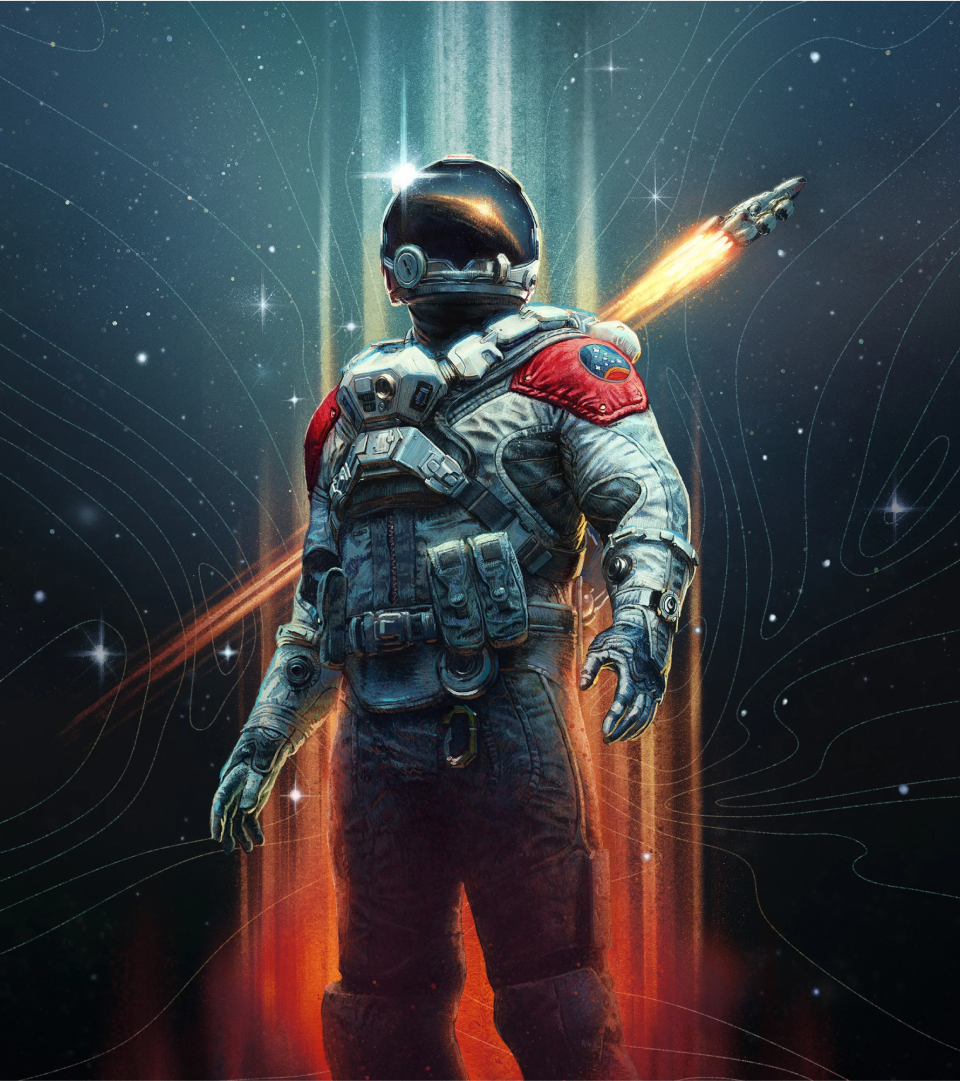
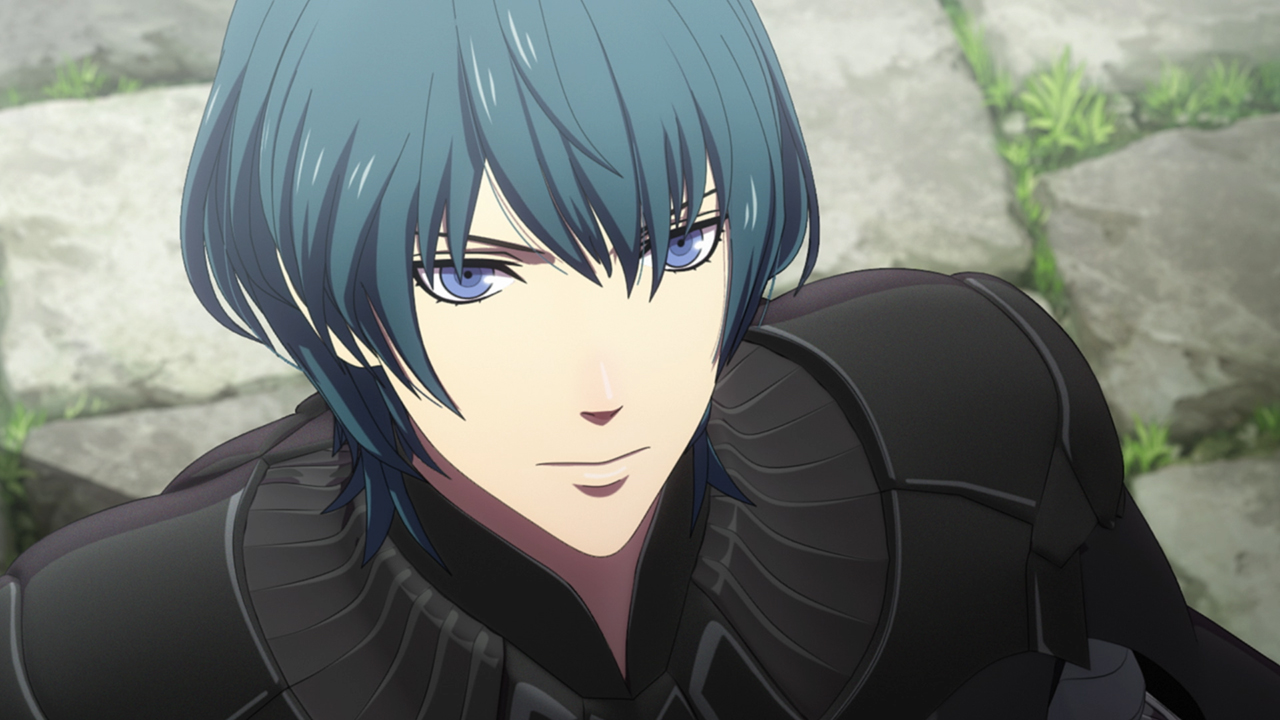
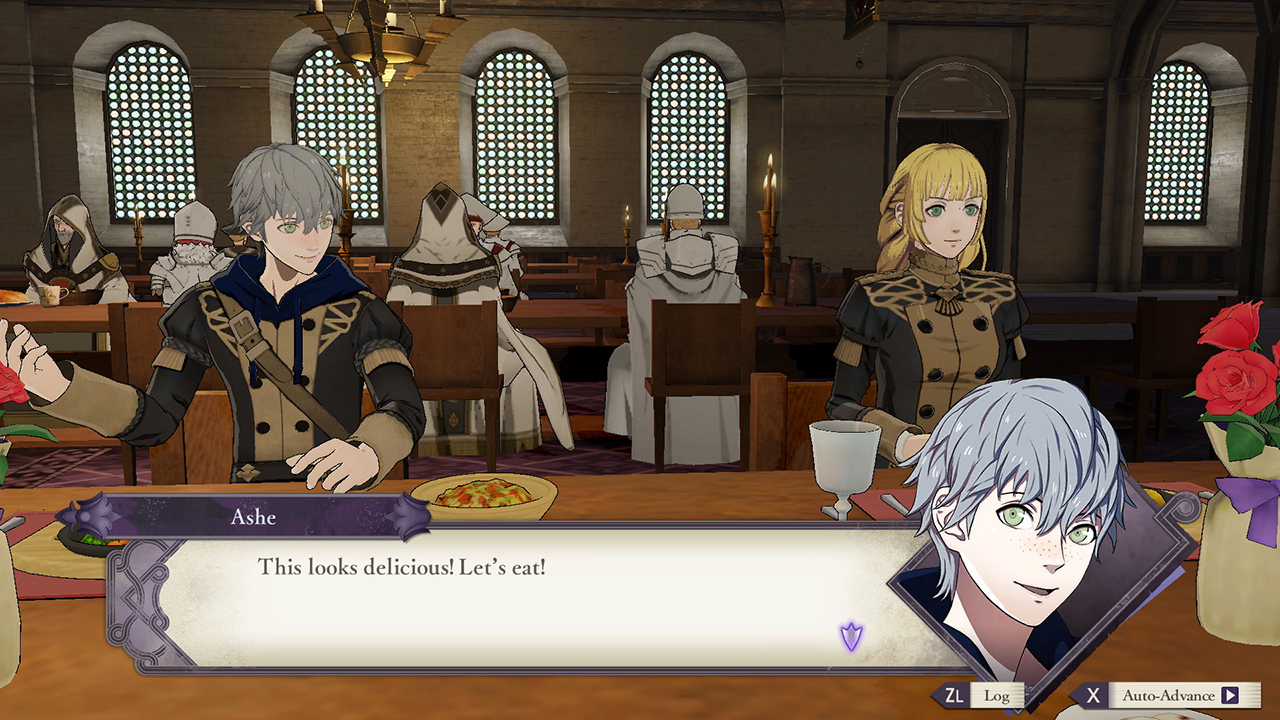
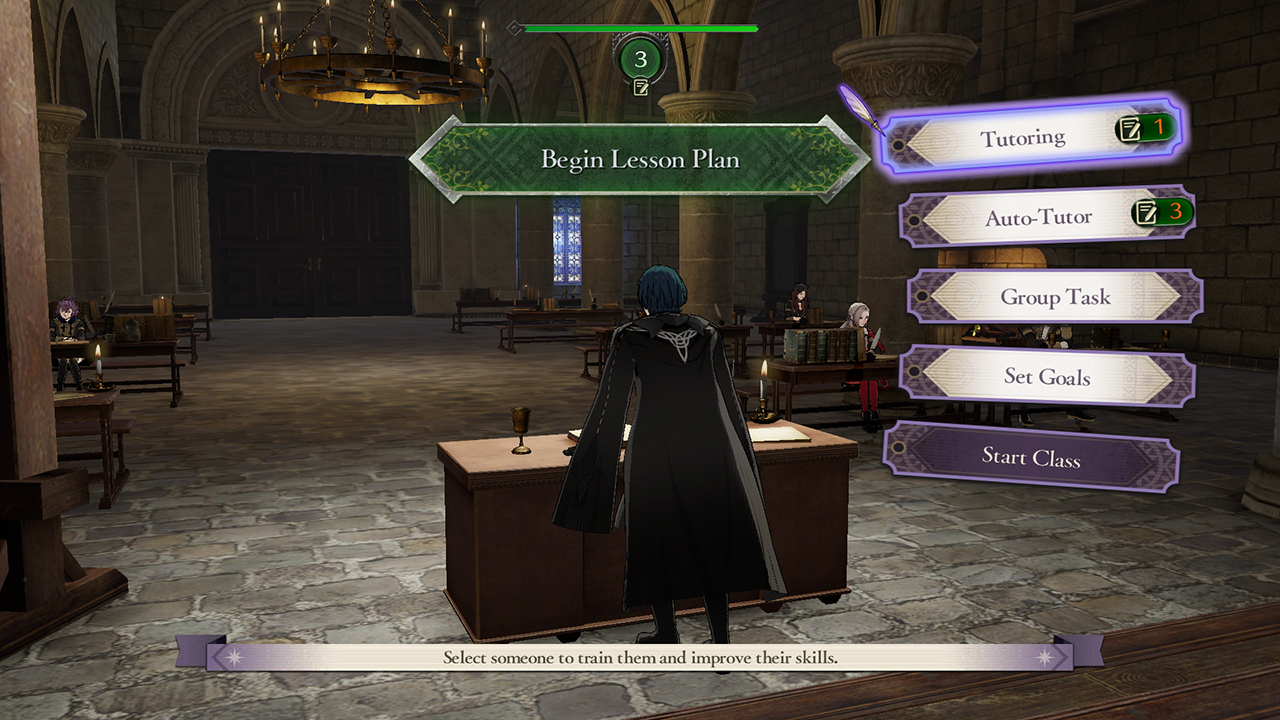
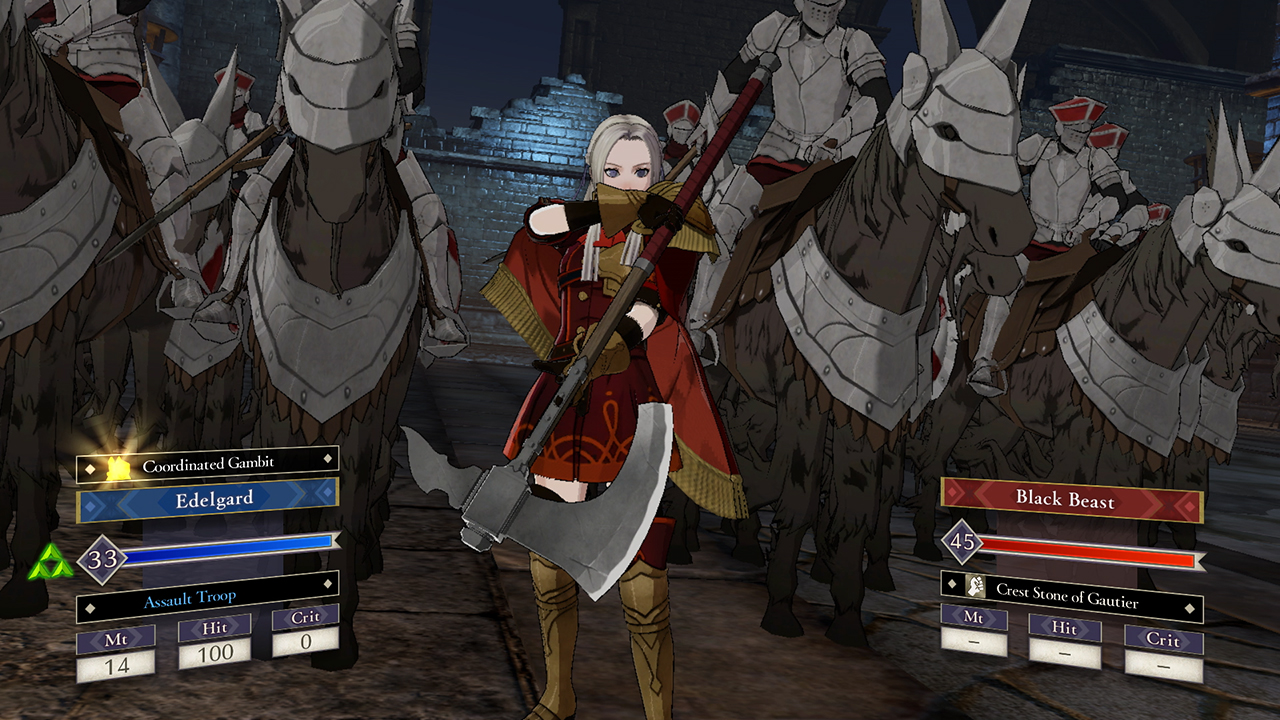
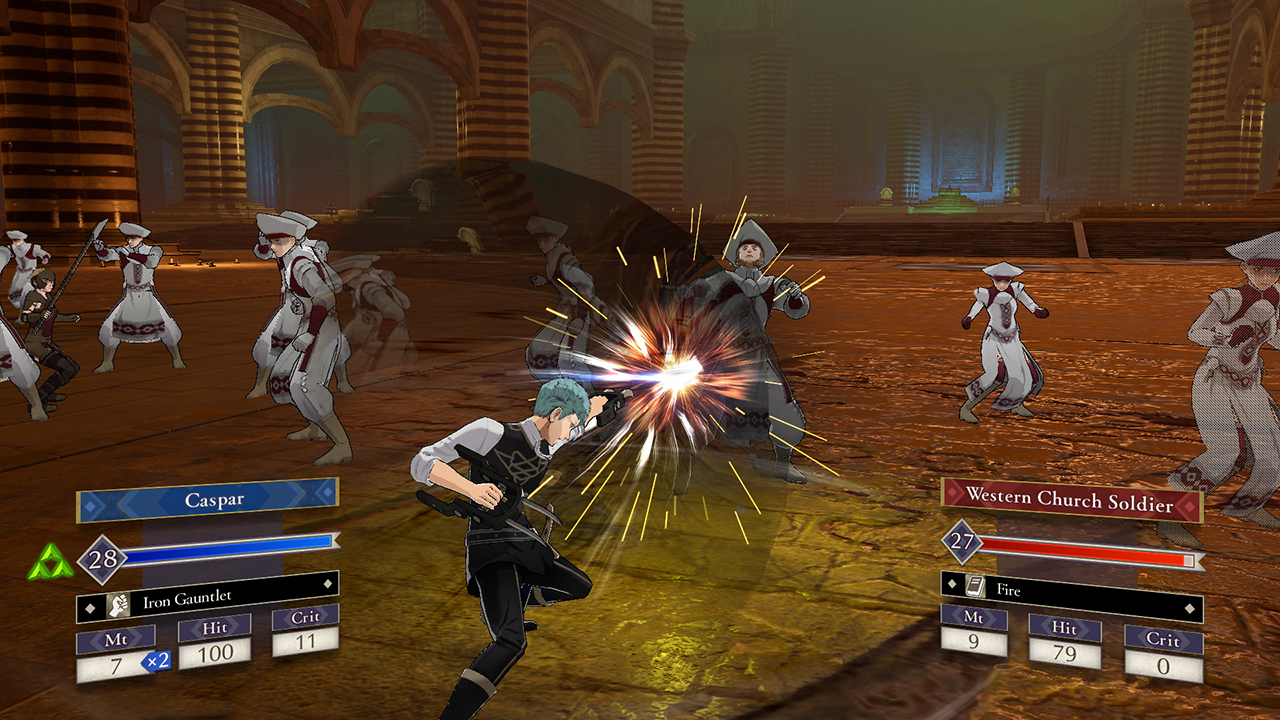
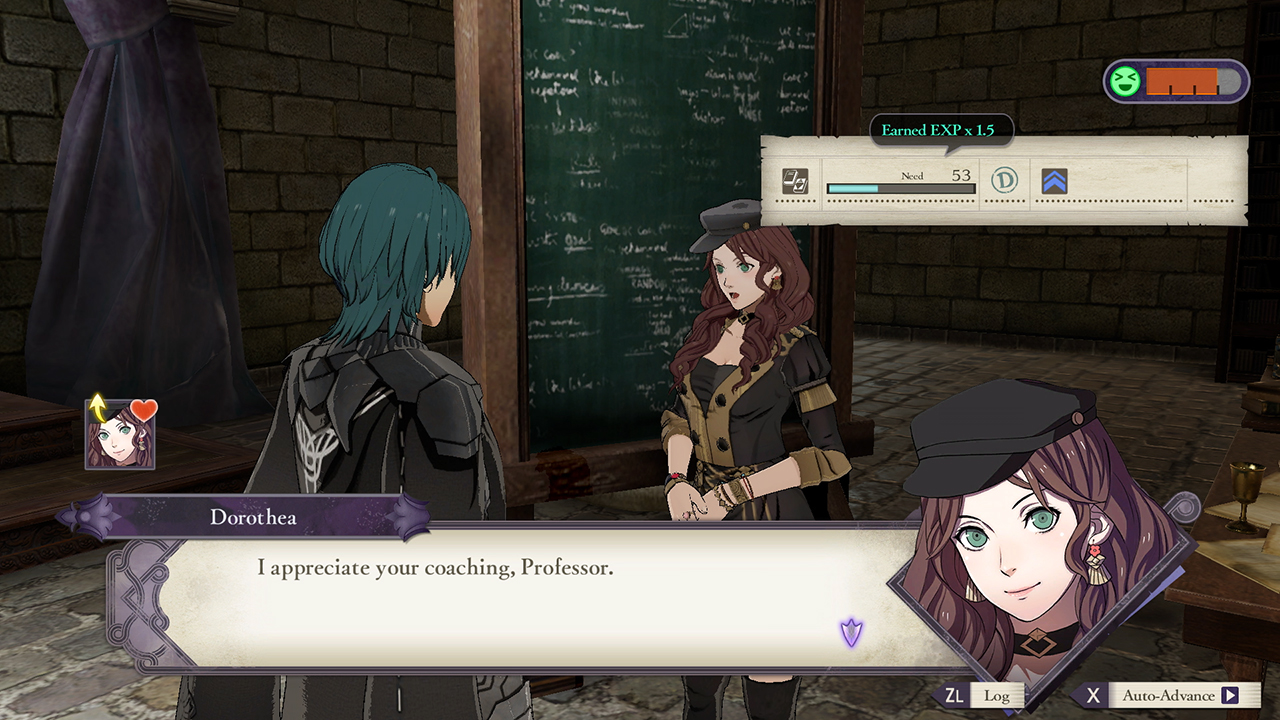




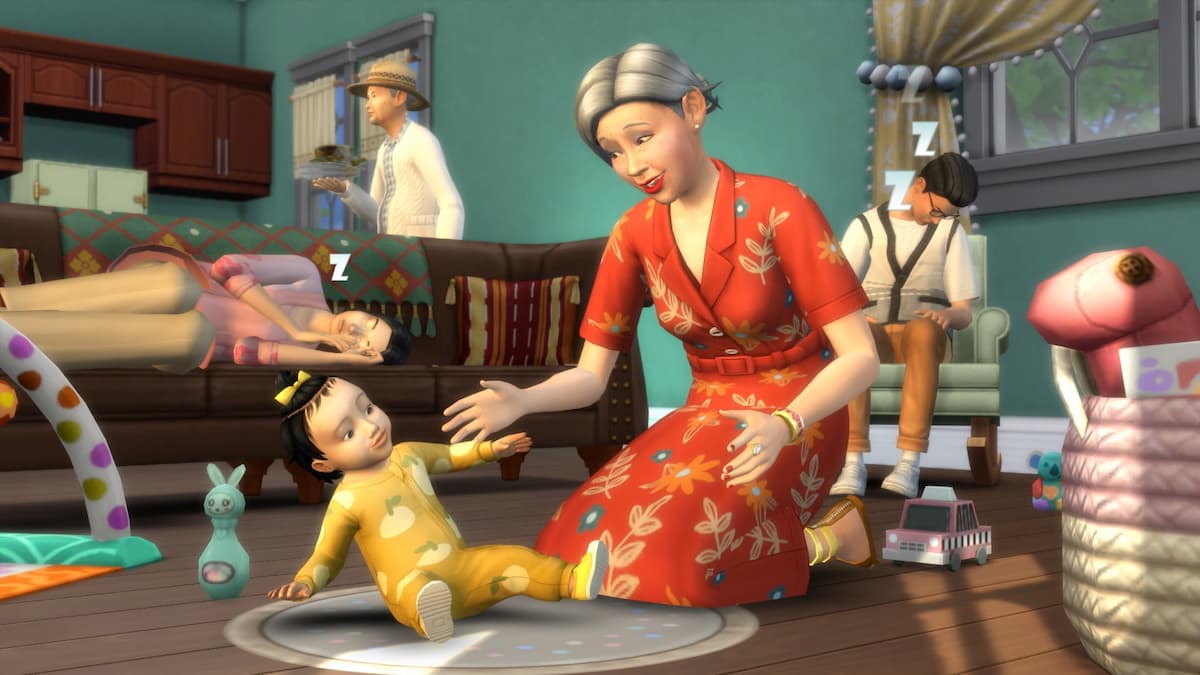
Published: Feb 17, 2019 03:04 pm